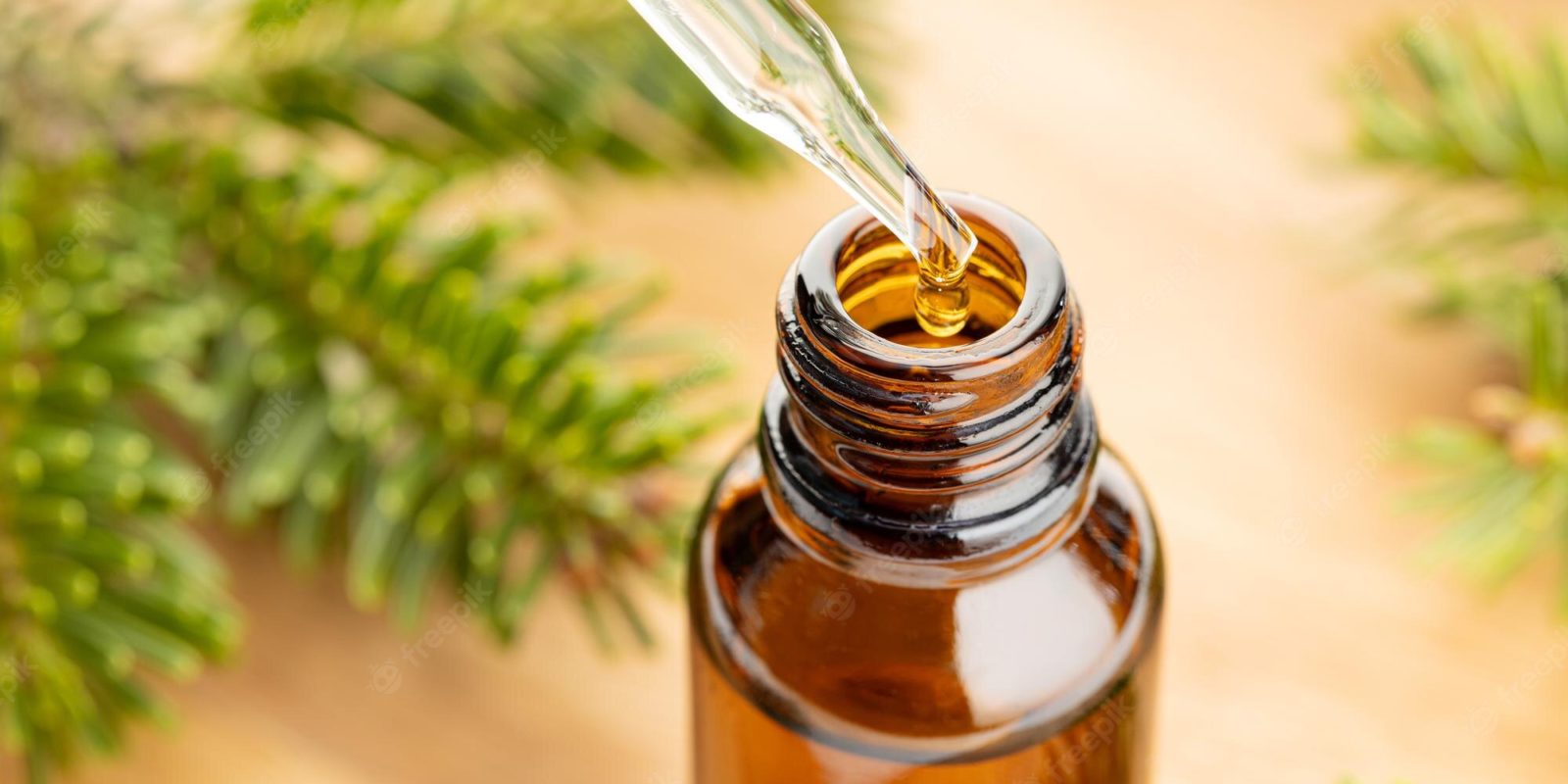Solids and fluid components combine to make the human body. The fluid components are more compared to the solids. The fluids make up more than two-thirds of the body, and the majority of which is water. The fluids also have connective tissues called blood. Blood delivers oxygen from the lungs to all body parts and carbon dioxide from all body parts to the lungs. Thus, it is called the fluid of life. Similarly, blood transports hormones from the endocrine gland and nutrients from the digestive system to all parts of the body. Thus, it is also known as the fluid of growth. Blood is also known as the fluid of health, as it shields the body from illness and gets rid of unwanted substances and waste products to excretory organs, such as kidneys.
Components of Blood
Blood is made of the liquid component called plasma and forms elements known as blood cells. The clear, straw-coloured liquid component of blood is called plasma. It contains 8% to 9% solids and 91% to 92% water. Here, solids comprise both organic and inorganic compounds. Likewise, there is also another clear, straw-coloured fluid called serum, which usually seeps from blood clots.
Formed elements are nothing but cell fragments and cells suspended in the blood plasma. The three types of formed elements in human blood are:
- RBCs or red blood cells or erythrocytes
- WBCs or white blood cells or leukocytes
- Platelets or thrombocytes
Red Blood Cells
The components of the blood that lack nuclei are known as red blood cells (RBCs) or erythrocytes. The RBCs have an iron-containing pigmented substance called Hb or haemoglobin, which gives a red colour to blood. It is a chromoprotein that accounts for 95% of the dry weight and 30% to 34% of the wet weight of RBCs. It also aids in the transport and binding of oxygen molecules. Thus, RBCs are essential for the transportation of respiratory gases.
Also, RBCs are more in number compared to platelets and white blood cells.
Thrombocytes
Thrombocytes or platelets are one of the formed elements of the blood. Thrombocytes are colourless, small, moderately refractive and non-nucleated bodies. These formed elements of blood are often considered to be fragments of cytoplasm. They aid in the formation of blood clots that help wounds heal and to slow or stop bleeding.
White Blood Cells
White blood cells (WBCs), also known as leukocytes, are the colourless, nucleated blood components. The WBCs are both fewer in number and larger in size than RBCs. However, because of their involvement in the defence or immune system, these cells are as crucial as red blood cells. They act as soldiers in defending the body from invading microorganisms.
The 5 major types of leukocytes are neutrophils, basophils, eosinophils, monocytes and lymphocytes. Monocytes are further divided into macrophages and dendritic cells. Each variety of WBCs has a unique defence mechanism.
Plasma and Serum
Although both plasma and serum are made from the liquid part of the blood, there is a clear distinction between the two. The two main components of blood, plasma and serum, are frequently employed in blood test trials to identify the patient’s blood group. By centrifuging blood, plasma, and serum can be separated based on weight, size, and density. Blood that has been allowed to clot produces serum, but the blood that has been treated with anticoagulants produces plasma.
The blood serum’s volume is roughly identical to that of the plasma. The only thing that sets it apart from plasma is the lack of fibrinogen. The serum contains all the other components of plasma except for fibrinogen. There is no fibrinogen in serum because it is transformed into fibrin during blood coagulation.








